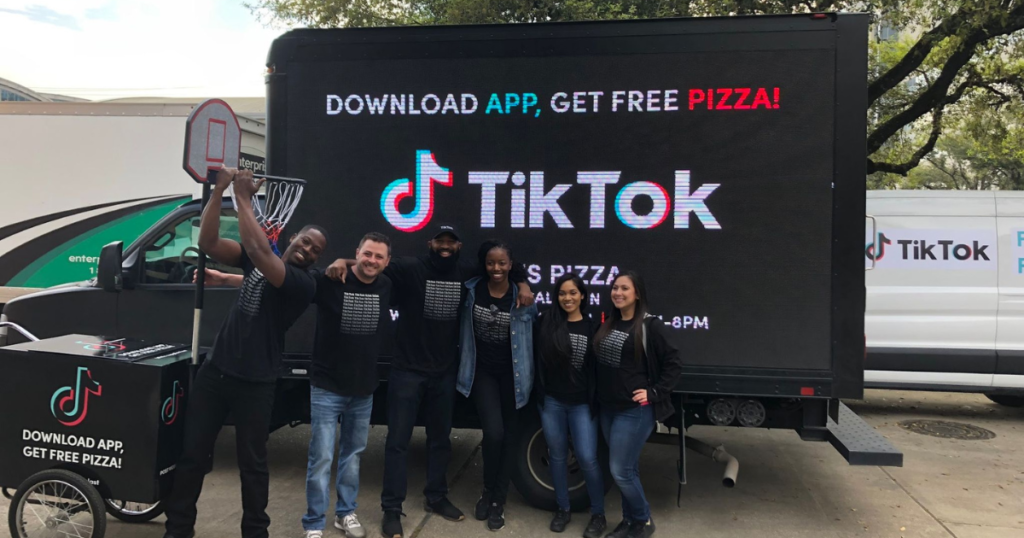Let’s go back to the basics. That’s right. We’re gonna talk about one of the most underrated yet probably most essential parts of understanding your marketing strategy. What am I talking about? Your SWOT analysis.
What is a SWOT analysis?
A marketing SWOT analysis is a way to figure out what your brand is doing well and where you need to improve. It looks at strengths, weaknesses, opportunities, and threats to help you develop a more targeted plan for your consumers. In other words, it helps you figure out where to spend a little more intentional time marketing-wise and what comes naturally for your brand.
The Letters S-W-O-T
Woohoo… another acronym. But this one is simple and can take your marketing to the next level, promise!
The S stands for Strengths. Strengths are the awesome things your brand has going for you that will help you stand out from the competition. They’re the internal characteristics that give a company an edge in its industry. Do you have a strong brand reputation? High-quality products? Outstanding employees? Strategic brand partnerships? These are just a few things to think about when you sit down to create your analysis.
When you figure out what you’re good at, you can use it to your advantage and come up with a game plan that makes the most of your strengths.
The W stands for Weaknesses. These are the things that your brand isn’t so great at, which can hold you back compared to other companies in the same field. Do you have low brand awareness? Poor management? Limited products and resources? Less developed website compared to competitors?
The faster you can become aware of and admit your weaknesses, the quicker you will be able to dive deep into what you lack. You will then be empowered to implement solutions to combat those weaknesses.

The O stands for Opportunities. Opportunities are factors outside your brand that will help you grow. Can you expand into emerging markets? Are there technological advancements? Changes in consumer behavior? Events or shows you can attend?
Identifying and capitalizing on these external factors that will benefit your brand will put you far ahead of your competition and give you some peace of mind in your marketing strategy.
T stands for Threats. Threats are things outside of your control that could hurt your brand. Your overall success could be negatively affected by these factors. Do you have intense competition? Economic shifts/inflation? Potential legal issues?
Have you heard the saying, “Hope for the best, prepare for the worst?” That’s what you’re doing by identifying threats to your brand and coming up with plans for IF they arise. This will help protect your brand image, your employees, and your finances in the long run.
Steps to creating your SWOT
Now that you know what a SWOT is, let’s talk about the steps your brand can take to create one!
1. Define your brand and goals: First, figure out what your brand is all about and what you want to achieve. This way, you can hone in on the areas that need work.
2. Identify your strengths, weaknesses, opportunities, and threats: Identify each letter of SWOT as it relates to your brand. Be super specific in each area. The more information you can identify, the stronger your analysis will be.
3. Analyze your findings: Take a close look at what you discover and figure out what steps you must take to step up your marketing game.
4. Develop a plan: Once you’ve got a good look at your findings, it’s time to come up with a plan. Consider what you can do to maximize your strengths, tackle your weaknesses, grab onto any opportunities, and minimize threats. Make a list of specific actions you’ll take.
5. Implement your plan: Now, it’s time to put your plan into action! Make sure you keep an eye on how things are going. If you’re not seeing the results you want, don’t be afraid to make some tweaks and changes along the way. It’s all about finding what works best for you!

Using SWOT in experiential marketing
After you’ve done your SWOT analysis for your brand, you can use what you’ve learned to make an incredible experiential marketing campaign!
For example, if you find out that your brand’s visuals are super cool and eye-catching, you can create an experience that shows off your unique style. In addition, pop-up experiences and social media can be used to reach your target audience if they’re not familiar with your brand.
If there’s a new trend or something missing in the market, you can tailor an experience to fill that gap. Using the campaign to show off your brand’s unique features will also help you stand out from your competitors.
Doing all this will create an experience that people will remember and help elevate your brand.

